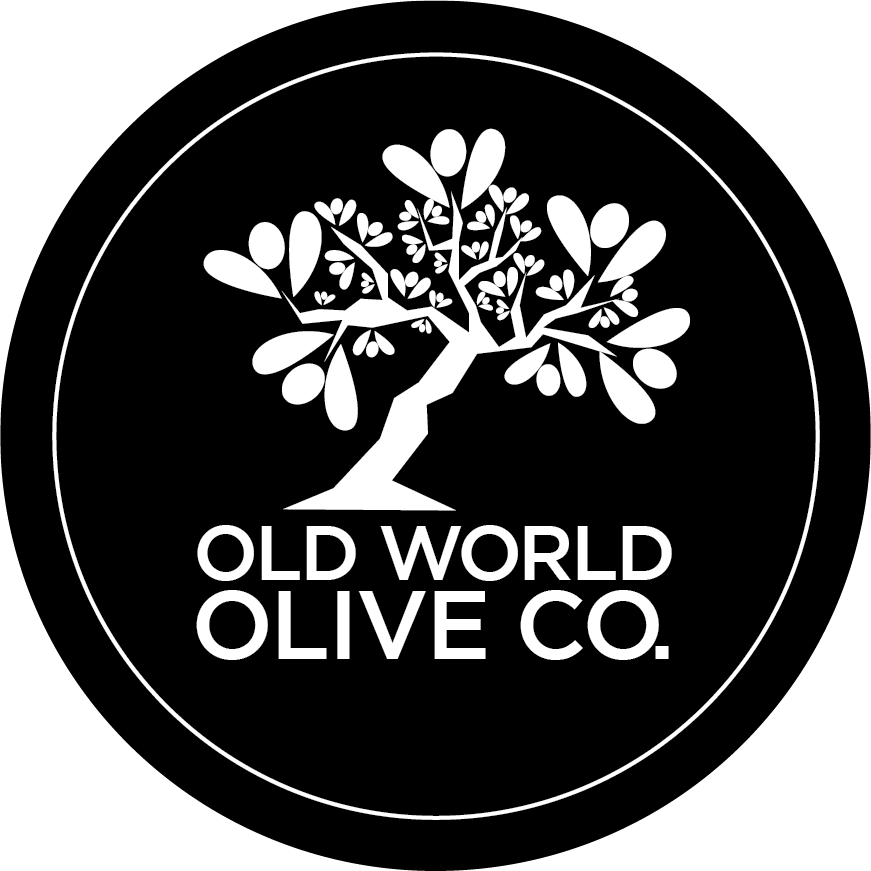Frequently asked question
Set the bottles on the counter at room temperature and they will
return to their normal clarity and consistency. Exposure to cold temperatures will not damage the product, but the olive oil but you will experience a butter-like consistency until it completely dethaws.
Olive oil is great for frying and has a smoke point that can handle the heat, even when cooking at high temperatures. Olive oil’s “low smoke point” is often cited as the reason why olive oil should not be heated or used for cooking. However, the smoke point of olive oil is comparable, and in some cases even higher than, common cooking oils such as soybean, sunflower, peanut, canola and corn oils.
It’s also important to keep in mind that most stovetop cooking is usually around 350°F—at or below the smoke point for olive oil. It is unlikely that you will exceed the smoke point of olive oil with typical cooking methods.
So, don’t be afraid to use olive oil for more than just salads!
Sauté, fry, and make salad dressings with it—our olive oils are so fresh and delicious that they allow simple ingredients to shine. Fresh spinach or peas sautéed in extra virgin olive oil need nothing more than some sea salt and a light drizzle of Pedro Ximenez Sherry Vinegar to turn them into a remarkably delicious side dish.
As an olive oil ages, it starts to lose the magnificent health properties olive oil is known for. Olive oil should be considered a fruit juice and consumed as close to the crush date as possible. Many grocery stores will list a “Best Buy” date. Not to be confused with the crush date of the olive oil. Always check the Harvest/Crush date of the oil as this is the most important thing to consider before you purchase!
Of course! By substituting butter with extra virgin olive oil in your recipes, you can enjoy healthier, flavorful, and lighter baked goods without compromising on taste or texture.
Health Benefits: EVOO is a healthier option compared to butter due to its higher content of monounsaturated fats and lower levels of saturated fats. Monounsaturated fats are known to have positive effects on heart health, while saturated fats, prevalent in butter, can raise levels of harmful LDL cholesterol. Using EVOO instead of butter can therefore contribute to a healthier diet.
Flavor Enhancement: EVOO brings a rich array of flavors to dishes, including fruity, nutty, herbaceous, and peppery notes, depending on the variety of olives used. This can enhance the flavor profile of both sweet and savory baked goods. Experimenting with flavored olive oils, such as lemon or orange-infused varieties, can add additional layers of complexity and a citrusy punch to your recipes.
Texture Upgrades: EVOO reacts differently in baked goods compared to butter, resulting in lighter and fluffier textures while maintaining moisture. Unlike butter, which can lead to a heavier feeling during digestion due to its saturated fat content, EVOO helps create baked goods that feel lighter and more satisfying.
Freshness matters! Just like with fresh fruit juice, the taste and quality of extra virgin olive oil (EVOO) are significantly affected by its freshness. Olive oil is essentially the juice extracted from olives, and fresher oils tend to have a more vibrant flavor profile.
To maintain the freshness of your olive oil, it's important to store it properly. Keep it away from heat and sunlight, as exposure to these elements can accelerate oxidation and degradation. Dark glass bottles are preferred for this reason. Additionally, once opened, try to use the oil as quickly as possible to take advantage of its freshness.
EVOO made from unripe, slightly green olives typically has a longer shelf life compared to oils made from fully ripe olives. Properly stored, your Old World Olive Co high-quality EVOO can maintain its peak aroma and flavor for at least six months after opening.
Choosing oils from reputable suppliers who prioritize freshness and direct distribution can ensure that you're getting the highest quality product. Companies like Old World Olive Co bottle their oils quickly and store them in pristine conditions to maintain freshness.
Coughing or experiencing a slight burning or tingling sensation in the throat after tasting extra virgin olive oil (EVOO) is not uncommon, especially if the oil has a high polyphenol content like the ones we source.
Polyphenols are natural antioxidants found in olive oil, particularly in high-quality extra virgin olive oil. They contribute to the oil's health benefits but can also impart a peppery or pungent sensation in the throat when consumed. This sensation is often referred to as a "peppery finish" or "throat catch."
The intensity of this sensation can vary depending on several factors, including the variety of olives used, the ripeness of the olives at harvest, and the processing methods employed. Oils with higher polyphenol levels tend to have a more pronounced peppery finish.
We call this the “healthy burn”! If you consume fresh, extra virgin olive oil, you will notice a slight tingle in the back of your throat. You may even cough! This is perfectly normal and represents the polyphenol (antioxidant) levels in the oil. The higher the Polyphenol count, the stronger the burn! It is good to note that to some this may be an acquired taste. The health benefits of a high polyphenol olive oil are worth the burn!
You can make great olive oil everywhere, and you can make terrible olive oil everywhere! Factors which affect the quality of an olive oil are climate conditions, soil quality, when and how the olive was harvested, how olives were stored during transportation to crush. So, as you can see, Country of Origin should be towards the bottom of your selection of oils in terms of importance. The best way to decide which country produces the best oil – sample as many as you can and let your taste buds decide!
Here is some quick information of the important chemical factors of olive oil:
Oleic Acid – Health Monounsaturated Fat – Higher is Better
Remember EVOO is a HEALTHY FAT! In order for an oil to be called extra virgin olive oil, the Fatty Acid Profile must be comprised of at least 55% Oleic Acid. The higher the oleic acid, the better. Oleic acid resists free radical attacks and protects your cell membranes, DNA and proteins. Oleic Acid help to protect the oil from spoiling.
Polyphenols – Healthy Antioxidant – Higher is Better
The higher the better when it comes to Polyphenols. Antioxidant substances that we measure in Extra Virgin Olive Oils.! Polyphenols extend the shelf-life of an oil & also determine whether an oil is Mild, Medium, or Robust in terms of bitterness and pungency. When an oil has a high polyphenol count, (220 or above is considered a high polyphenol level) you will notice bitterness and pungency.
FFA – Acid Level – Lower is Better
Free Fatty Acid – The lower, the better. The IOC requires that this number be below 0.8 in order for an olive oil to be considered Extra Virgin grade! Also, the lower the FFA, the higher the smoke point of the oil.
Peroxide Value – Lower is Better
In order to be considered extra virgin olive oil, this number must be under 20. This is the most important measurement of the rancidity of an extra virgin olive oil. Peroxide value is affected by the storing, processing and many procedures of the oil. Peroxide is responsible for color and its distinct aroma and will change as the oil oxidizes.




